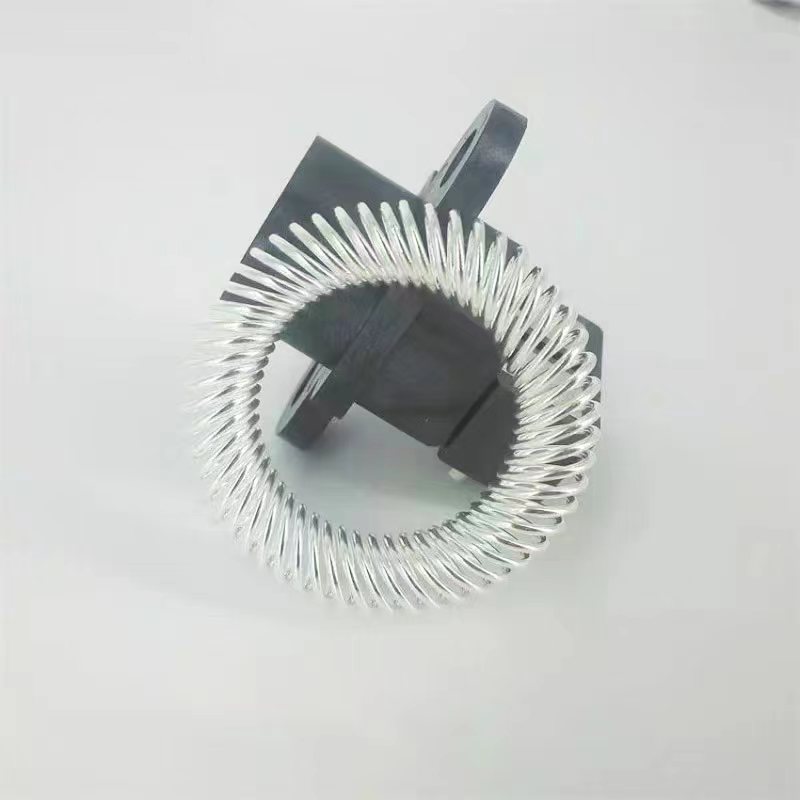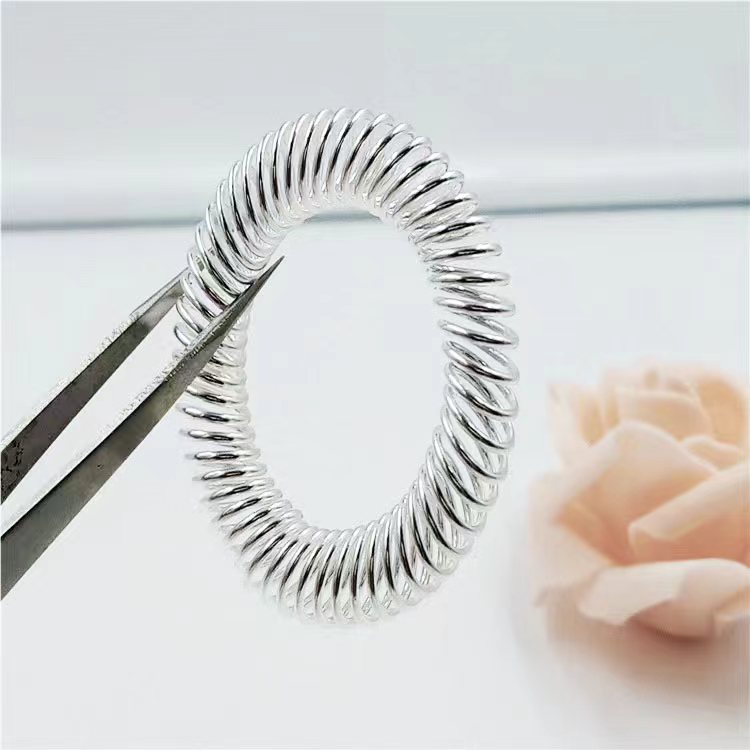Oblique coil springs are a mechanical component that works with elasticity. Under the action of external force, parts made of elastic materials will deform under the action of external force, and will recover to their original state after removing the external force.
The types of oblique coil springs are complex and diverse, divided by shape, mainly including spiral oblique coil springs, scroll oblique coil springs, plate oblique coil springs, and special oblique coil springs.

① Good plasticity and toughness
During the manufacturing process of oblique coil springs, the material needs to undergo varying degrees of processing deformation, so the material needs to have a certain degree of plasticity.
For example, when the bending radius is small, the oblique coil spring material should not exhibit defects such as cracks and folds during processing, winding, or stamping, bending, and forming. At the same time, when the oblique coil spring is subjected to impact load or variable load, the material should have good toughness, which has great benefits for improving the service life of the oblique coil spring.
② High strength
In order to improve the fatigue failure and relaxation resistance of oblique coil springs, oblique coil spring materials should have high yield strength and elastic limit, especially high yield strength ratio.
Generally speaking, the elastic limit of this material is proportional to the yield strength, so the design and manufacturer of oblique coil springs always hope that this material has a high yield strength.

③ Excellent surface condition and fatigue performance
When the oblique coil spring works, the surface stress is large, and the fatigue failure often starts from the surface of the steel wire. For oblique coil springs such as oblique coil springs, valve oblique coil springs, and suspension oblique coil springs used in important occasions, there are thousands of cycles, hundreds of thousands of cycles, or longer cycle life, which puts forward high requirements for the fatigue performance of materials.
There are many factors that affect the fatigue properties of materials, such as chemical composition, hardness, purity of steel, surface quality, and metal structure, especially the surface quality of materials.
④ Good consistency
The requirement for material uniformity refers to the uniformity and stability of the chemical composition, mechanical properties, dimensional deviation, and other indicators of the material. If the performance of the material is not consistent, it will bring great difficulties to the production of oblique coil springs, resulting in the dispersion of product geometric dimensions, hardness, load, and other parameters. Severe non-uniformity may even generate more waste products.
⑤ Strict dimensional requirements
Many oblique coil springs have high requirements for load accuracy. For example, the load deviation of valve oblique coil springs should not be greater than 5% or less than 6% of the specified load.
Taking wire rope tension and compression ring springs as an example, when the wire diameter deviation is 1%, the load deviation is about 4%. It can be seen that strict dimensional accuracy is also very important to ensure the quality of oblique coil springs.